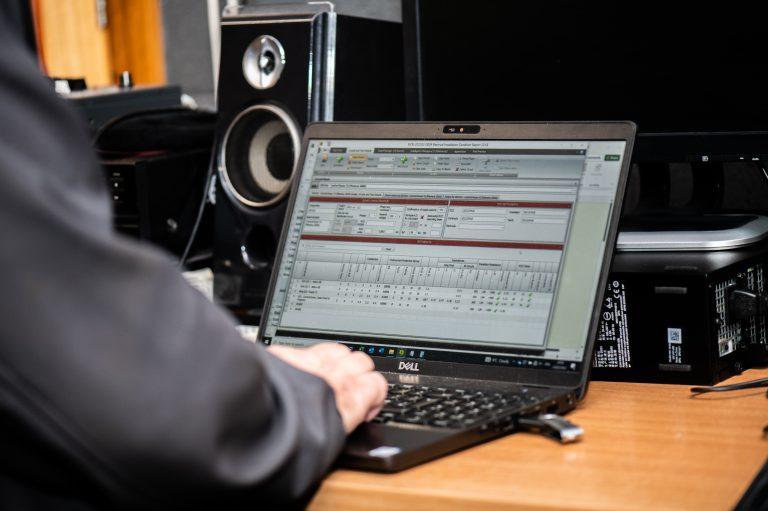Since July 2020, employers and landlords have been required to have a valid EICR (Electrical Installation Condition Report). Here, we take a look at what this is and what the codes on an EICR mean.
What is an EICR?
An EICR is a report that you receive as a result of fixed wire testing. This is carried out to assess the electrical installation within a property and is required for businesses or when renting out a property as it proves that the electrical installation is safe and isn’t putting employees or tenants at risk. It’s also recommended that a fixed wire test is carried out in any home every 10 years to ensure that everything is safe and in good working order with no signs of deterioration. More frequent checks should be completed on properties with an older installation or where the purpose of the property has changed e.g. when a hotel is turned into flats.
What are the EICR codes?
When fixed wire testing is carried out, the electrician will mark any observations that they make with a code on the EICR. These codes show how severe an issue is and reflect how quickly it should be looked into.
- Code 1 (C1): Danger present. Risk of injury (FAIL). If a C1 issue is found it means that there’s a threat to the safety of your employees or tenants. The electrician will fix this to make it safe – even if the fix is only temporary. This will enable them to downgrade it to a C2 which will need further work.
- Code 2 (C2): Potentially dangerous (FAIL). A C2 flags a defect that could cause harm and should be acted on quickly to make it safe.
- Code 3 (C3): Improvement recommended. With a C3 code, no immediate work is required.
- Code Further Investigation (FI) (FAIL): FI stands for further investigation and means that additional work is required without delay.




